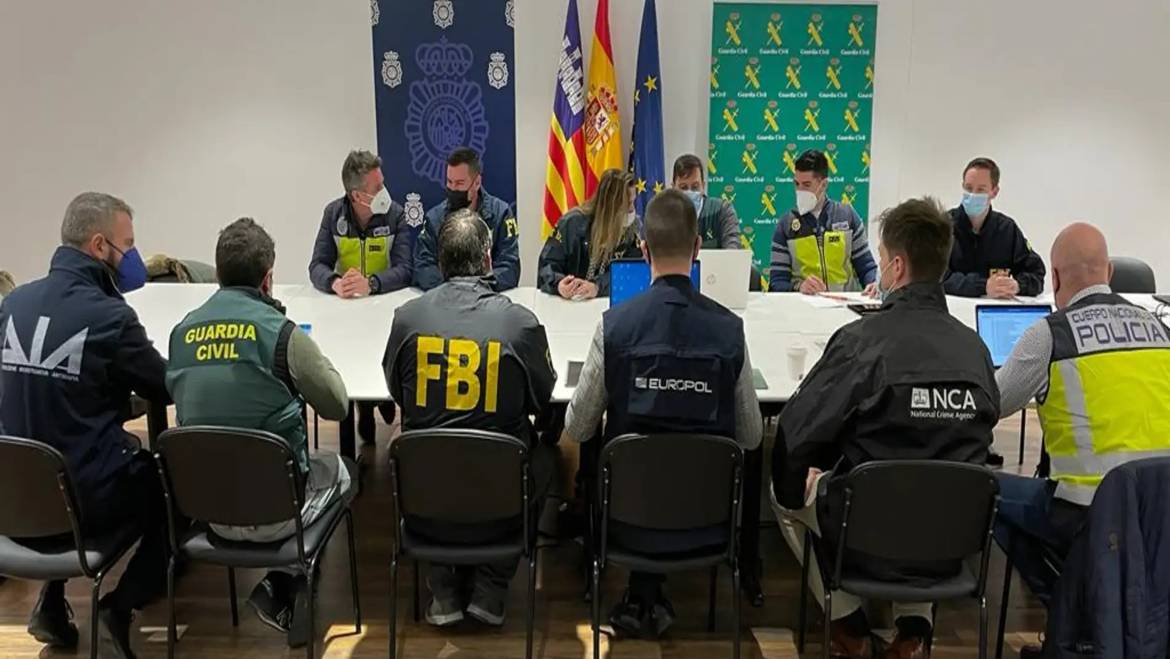Human trafficking is a serious crime that abuses people’s fundamental rights and dignity. It involves the criminal exploitation of vulnerable people for the sole purpose of economic gain.
Human trafficking is a modern form of slavery. It is often transnational in character and its victims are of both genders and all ages.
Trafficking can take various forms and may involve:
- sexual exploitation;
- forced labour or services;
- slavery, servitude and related practices;
Trafficking can also take the form of exploitation for the purpose of forced criminality, such as pickpocketing, shoplifting and drug trafficking.
Extent
Human exploitation can be hidden behind other criminal offences, such as prostitution, irregular migration, property crime or even labour disputes. Victims are often exploited in multiple ways, or may be involved in other illicit activities, thus resulting in cases of human trafficking that are not investigated or recorded as such. Moreover, differences in national legal definitions of human trafficking hinder the comparison and assessment of common trends and patterns across the EU.
In the past decade, law enforcement authorities in the EU have witnessed a considerable increase in intra-EU trafficking. In 2014, for example, the majority of human trafficking victims (71 %) registered in Europol’s database were EU citizens.
Human trafficking is not people smuggling
Although patterns of human trafficking are similar to those seen in people smuggling, they are different legally, a broad distinction can be made between the two.
In general, the individuals who pay a smuggler in order to gain illegal entry to a country do so voluntarily whereas the victims of human trafficking are often duped or forced into entering another country. In addition, people smuggling does not necessarily involve exploitation for economic purposes.


Add Comment